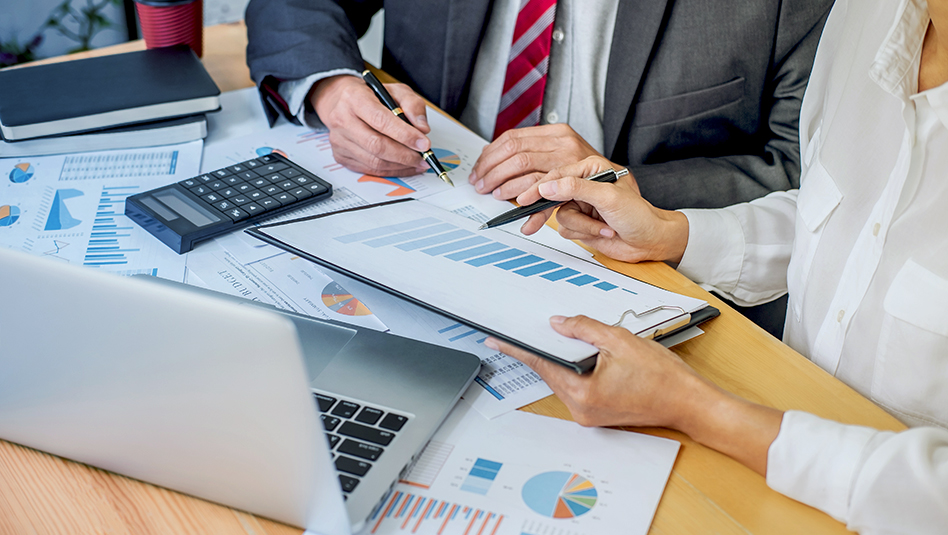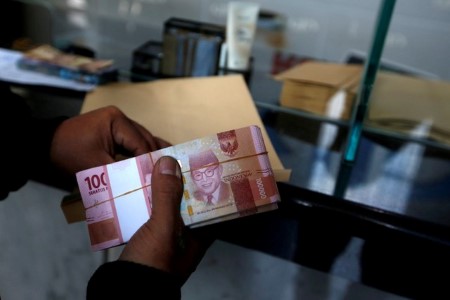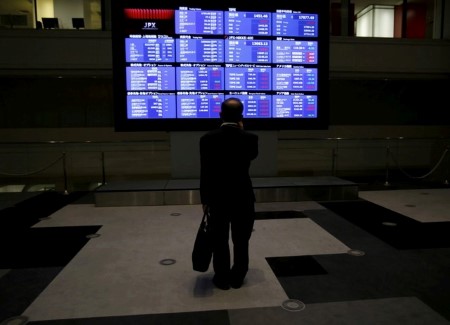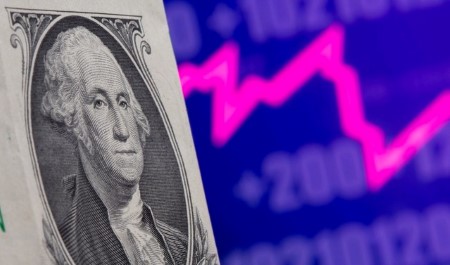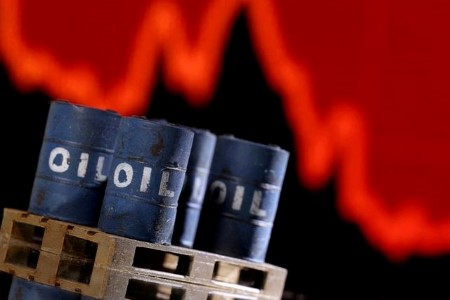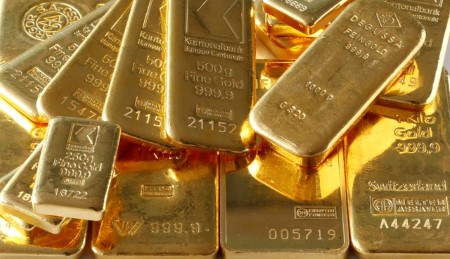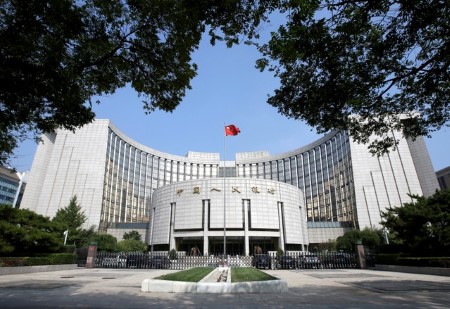Aug 15 (Reuters) – Gold fell over 1% to its lowest in a week on Monday amid sharp declines across precious metals due to a stronger dollar, with concerns over further rate hikes by the US Federal Reserve adding to pressure on bullion.
Spot gold slid 1.2% to USD 1,780.99 per ounce by 1:44 p.m. ET (1744 GMT) having hit its lowest since Aug. 8 earlier in the session. US gold futures settled nearly 1% lower at USD 1,798.10.
The dollar index rose 0.8%, making gold and other commodities priced in the greenback more expensive for overseas buyers.
“Gold has stuck around the USD 1,800 handle, and today a stronger dollar is pushing gold and the entire commodity complex lower,” said RJO Futures senior market strategist Bob Haberkorn.
“It is a cautious trade right now in gold, as the Fed is going to continue raising rates … investors do see rate hikes in the horizon.”
Investors await minutes from the Fed’s July meeting on Wednesday for cues on the likely magnitude of rate hikes in the coming months.
Higher rates tend to increase bond yields, raising the opportunity cost of holding non-yielding bullion.
Gold and silver prices are also lower on demand concerns after weak economic data from China, said Jim Wyckoff, senior analyst at Kitco Metals in a note.
Industrial output in China, the world’s top consumer of gold, expanded at 3.8% in July from a year earlier, slowing from a 3.9% rise in June.
Bullion attracts safe-haven flows during recession worries, but a slowing economy could potentially lead to low demand for physical gold.
Spot silver fell 2.5% to USD 20.29 per ounce, platinum dipped over 2.9% to USD 934.16, while palladium dropped 3.1% to USD 2,153.26.
“The looming likelihood of a recession in Europe has the potential to reduce industrial demand for silver,” Rupert Rowling, a market analyst at Kinesis Money, said in a note.
(Reporting by Ashitha Shivaprasad in Bengaluru; Editing by Vinay Dwivedi and Marguerita Choy)







 DOWNLOAD
DOWNLOAD

